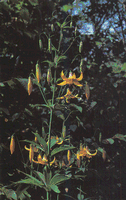
Elegant, free flowering, and full of grace, Lilium canadense is a
must if you have a woodland setting, where it should be left
undisturbed for years.

|
|
Elegant, free flowering, and full of grace, Lilium canadense is a
must if you have a woodland setting, where it should be left
undisturbed for years.
|
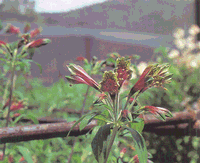
|
|
While visiting a breeder of Alstroemeria, wonderful plants
that are great cut flowers, I came across this specimen,
which has good color and great vigor.
|
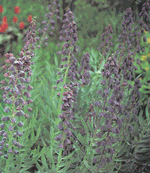
|
|
Listed in catalogs but not as popular as it should be, Fritillaria persica is an
easy-to-grow species with flowers and foliage that form a pleasing
combination.
|
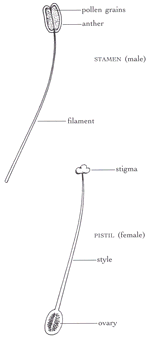
|
|
Filament
|
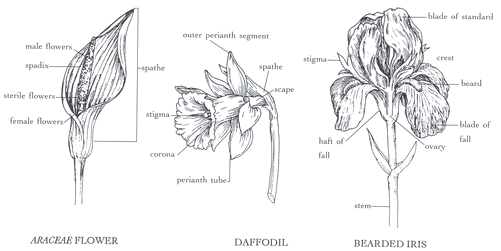
|
|
ARACEAE FLOWER
DAFFODIL
BEARDED IRIS
|
|
Often when lilies are used in an arrangement, the stamens will be cut off and discarded. This is to prevent the pollen from staining the clothes of the arranger or of someone admiring the flowers. To me this decreases the attractiveness of the flowers, but it is understandable. The stigmas of lilies often produce so much fluid that it drips, and as it is extremely sticky, this can be a disadvantage. Precautions taken to avoid problems include clipping off the stigma. Again, in my opinion, this disfigures the flower. If pollen happens to stain a garment, allow it to dry, then simply brush it off. If stigmatic fluid drips onto furniture, a little warm water on a clean cloth will remove it easily. If pollen stains petals, it can be removed easily with a ball of cotton dipped in milk. |
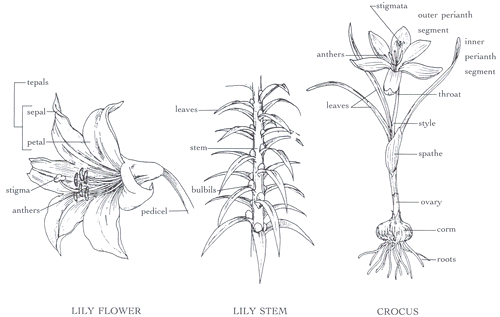
|
|
LILY FLOWER
LILY STEM
CROCUS
|
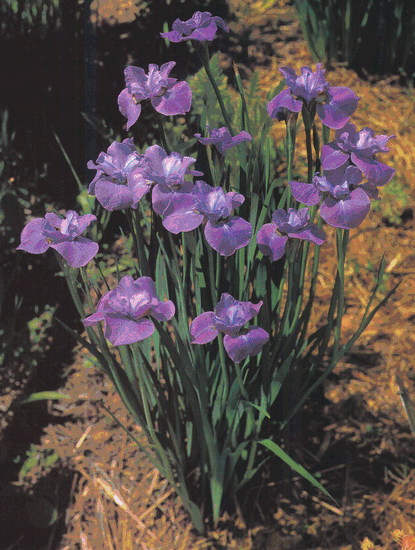
|
|
New hybrids are the result of years of work by hybridizers. We thank Klehm Nursery for this lovely Siberian iris
`Heliotrope Bouquet'. (Photo courtesy of Roy Mehra)
|